Supporting 63 wildlife refuges, the most of any state in the nation, North Dakota offers abundant opportunities for residents and visitors to experience the wonders of the Great Plains’ wildlife. From the Turtle Mountains and the Badlands to Theodore Roosevelt National Park and the Killdeer Mountains, North Dakota is the place to witness fascinating creatures. Explore the diversity of North Dakota’s animal species that call the following wildlife refuges home.
Arrowwood National Wildlife Refuge
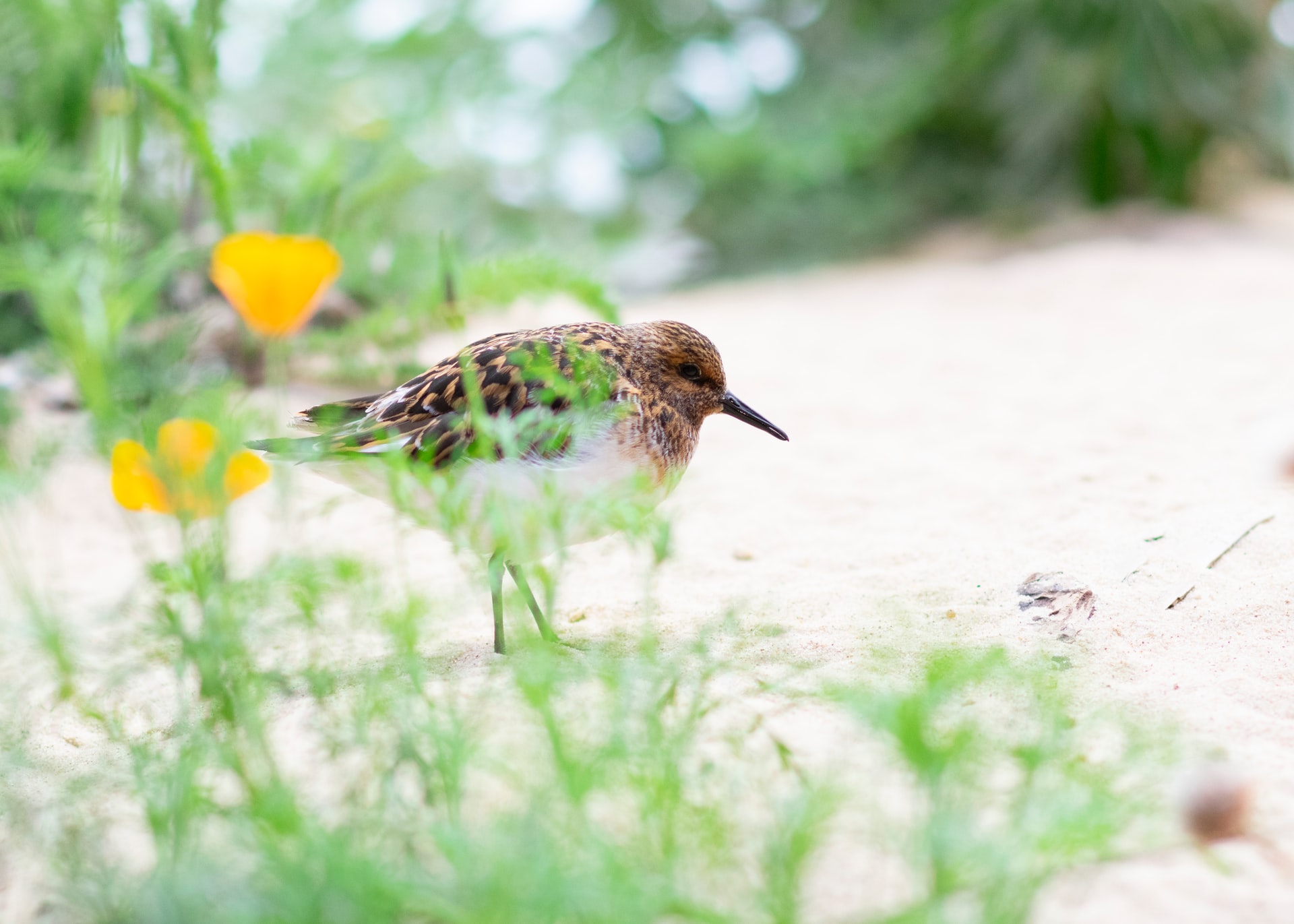
With its lakes, marshes, prairie grasslands, and wooded coulees, the Arrowwood National Wildlife Refuge attracts diverse waterfowl during migration periods. It supports a favorable habitat for geese, ducks, and shorebirds.
Spring and summer are spectacular times to encounter birds at Arrowwood. After a long, cold winter, the refuge comes alive with thousands of migratory birds flocking to the wetlands during the breeding season.
As spring turns to summer, the skies above Arrowwood fill with the sounds of bird calls from a diversity of species. With late summer’s approach, Canada geese begin assembling on the lakes. Duck broods take flight. Dropping lake levels expose mudflats that beckon dowitchers, sandpipers, godwits, plovers, and yellowlegs for feeding.
Fall at Arrowwood brings magnificent bucks out of the woodlands. During the winter months, a keen eye is likely to spot sharp-tailed grouse, white-tailed deer, coyotes, and foxes amid the desolate landscapes of the refuge.
Audubon National Wildlife Refuge
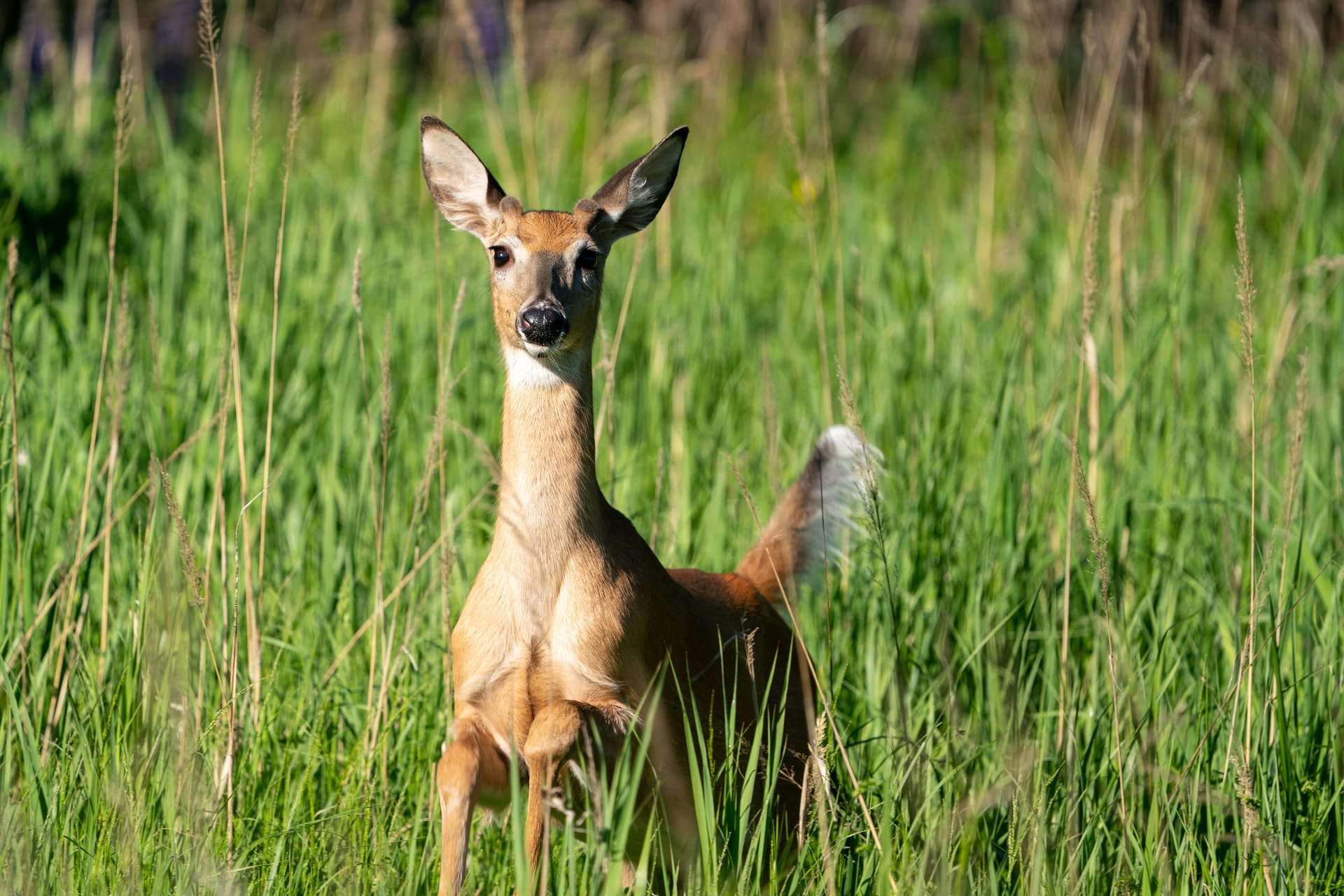
Home to more than 14,735 acres of planted grasslands, native prairie, and wetlands, Audubon National Wildlife Refuge offers food and shelter for various creatures on land and in the air.
Some of the diverse bird species you’ll encounter include the northern pintail, piping plover, and sharp-tailed grouse. Canada geese, northern harriers, upland sandpipers, and marbled godwits are some of the more than 200 species of birds you can spot as you explore the scenic wonders of the refuge.
Land residents include coyotes, foxes, and white-tailed deer. During the spring, you can see does and their fawns as they scamper about the prairie lands of the refuge.
Chase Lake National Wildlife Refuge
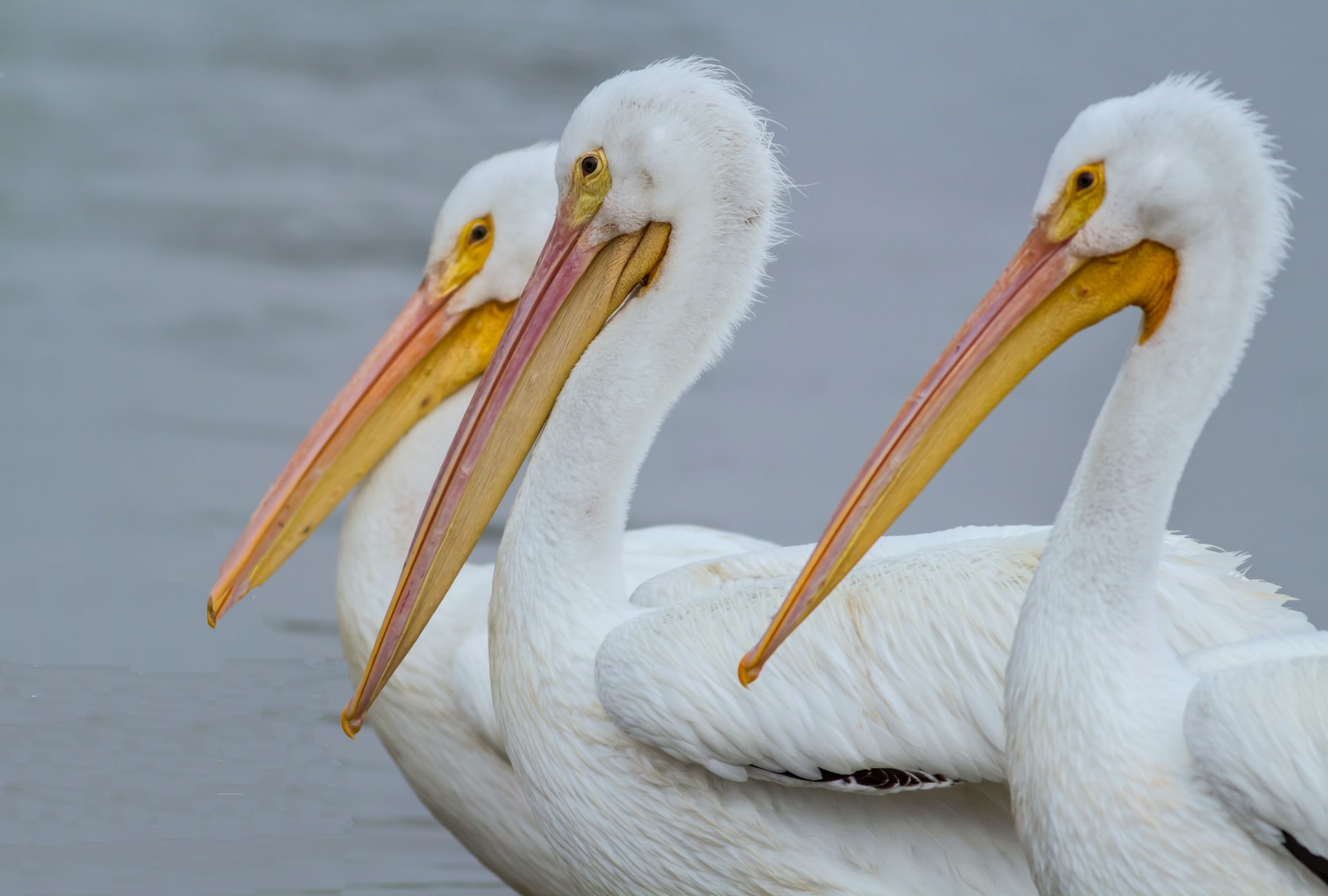
Established under an executive order by President Theodore Roosevelt in 1908, Chase Lake National Wildlife Refuge is the second oldest wildlife refuge in North Dakota and the 15th oldest in the United States. The refuge contains 4,155 acres designated as a wilderness area under the Wilderness Act of 1964.
As you explore this refuge, you won’t be able to miss one of the most noticeable wildlife species that call Chase Lake home: the American white pelican. The refuge is home to one of the largest breeding colonies of American white pelicans in North America.
Measuring 6 feet tall from tail to bill, the white pelican is one of the largest birds on the North American continent. At maturity, these creatures can weigh up to 20 pounds and have a wingspan of 8 to 9 1/2 feet long. The best time for viewing these fascinating animals is mid-April through late August.
Lostwood National Wildlife Refuge
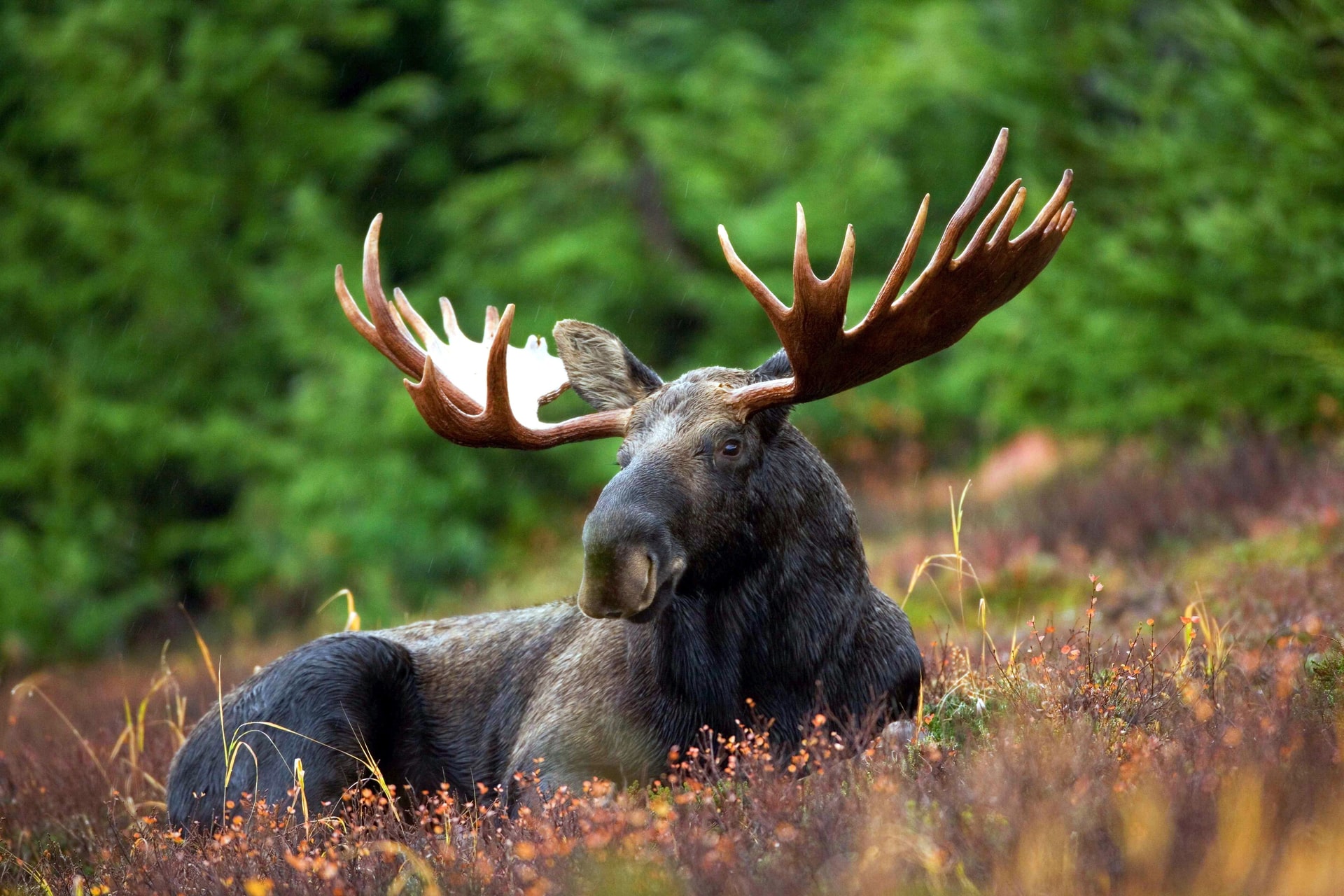
Image via Unsplash by krishnadigitalcolorphotostudio
Gently sloping hills of prairie grass dotted with wetlands support a welcoming habitat for many waterfowl species at the Lostwood National Wildlife Refuge.
In addition to waterfowl, the refuge is also home to two intriguing bird species, the piping plover and blue-winged teal. The piping plover migrates to Lostwood in early April as it seeks out nesting territories around the refuge’s wetlands. You can identify these distinctive shorebirds by their sand-colored upper body, white underside, and orange legs.
The blue-winged teal also returns to the refuge each April. You can spot these dabbling ducks along the edges of the wetlands as they feed on the vegetative parts of aquatic plants, seeds, and aquatic invertebrates.
Birds aren’t the only species to inhabit Lostwood. White-tailed deer and moose also call Lostwood their home. White-tailed deer use various habitats on the refuge, and you can encounter them in these habitats throughout the year. You might find fawns frolicking in the grasslands in May or June, or you may witness majestic bucks appear from wooded areas in late fall during mating season.
Moose roam the open prairie lands of Lostwood. You may spot them foraging around one of the wetland basins or lounging in an aspen grove.
Tewaukon National Wildlife Refuge
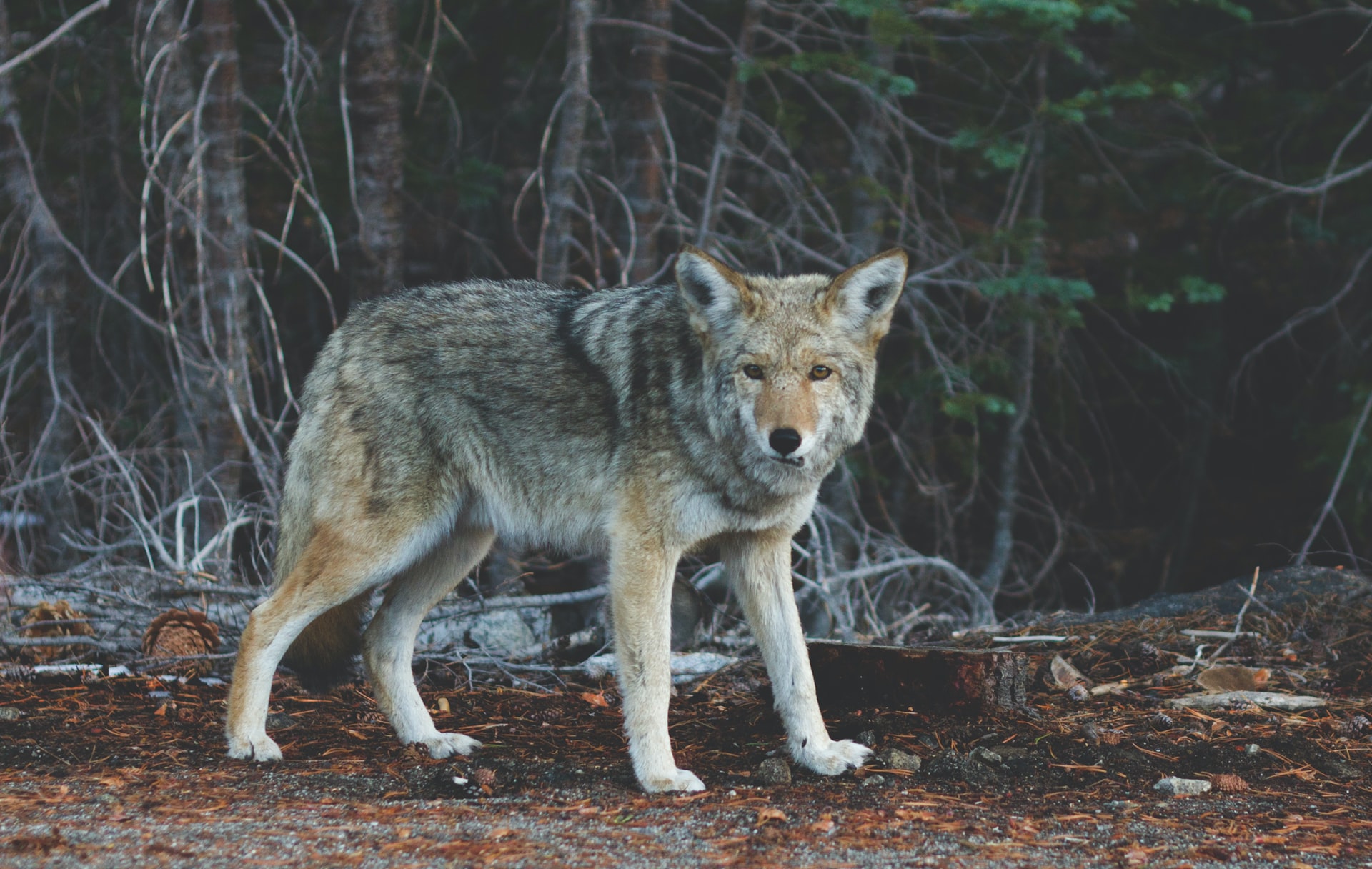
Tewaukon National Wildlife Refuge offers year-round opportunities to explore various amphibians, birds, insects, mammals, and reptiles. As the snow melts and howling winter winds cease, the refuge’s prairie lands give rise to temporary wetlands that attract thousands of species of migrating waterfowl. These species include snow geese, common goldeneye ducks, and lesser scaup. Bald eagles, great horned owls, and Canada geese follow as temperatures rise.
You can hear the sounds of summer on the refuge through the songs of diverse bird species such as bobolinks, meadowlarks, and grassland sparrows. Native badgers and coyotes are out on the prowl while muskrats keep busy building their huts.
As summer turns to fall, thousands of migrating birds and waterfowl wing their way over the refuge as they begin their trek south. During October, you can witness one of the refuge’s most elegant creatures, the white tundra swan, feeding in the fields and shallow wetlands. You can also spot leopard frogs and painted turtles moving about the wetlands in their search for winter cover and protection.
The winter months blanket Tewaukon with a fresh covering of snow. While you won’t see most migratory birds at this time of year, be on the lookout for the snowy owls and snow buntings. These species travel from the Arctic Circle and northern Canada to spend the winter on the North Dakota prairie. In addition to the snowy owls and snow buntings, watch for black-capped chickadees, white-breasted nuthatches, downy woodpeckers, and horned larks foraging for seeds in the grasslands.
Find the Car That Will Facilitate Your Adventure in Grand Forks
Now that you’ve learned more about the wildlife and wildlife refuges of North Dakota, it’s time to grab your binoculars and head for the road. At Rydell Outlet Center, we’ll help you find an attractively priced pre-owned vehicle for all your adventures in nature. Contact us or visit our Grand Forks dealership today.


